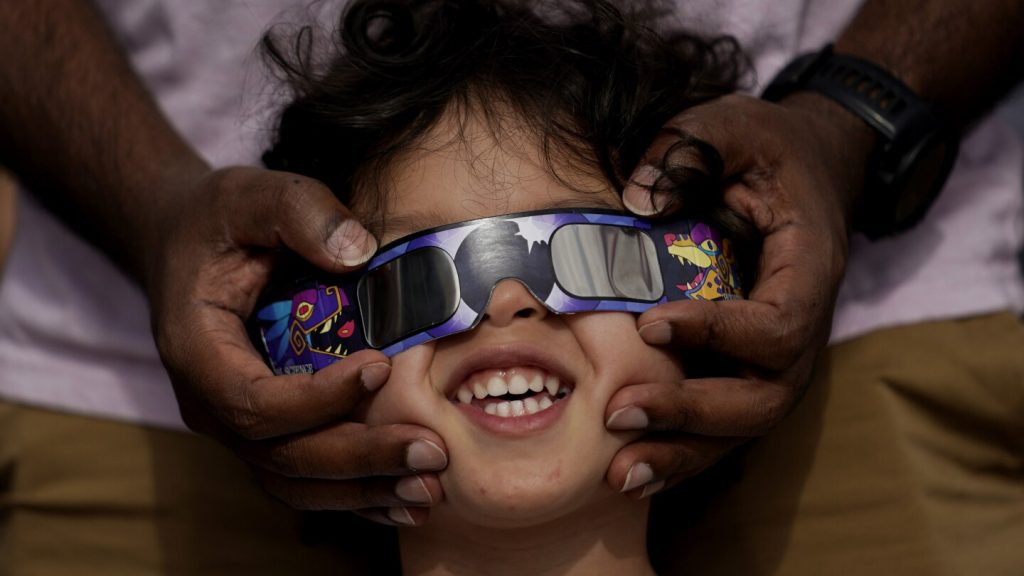Monday’s total solar eclipse is expected to be one of the most photographed and filmed events of the year. The moon passing in front of the sun will create a moment of darkness in North America that will attract throngs of spectators trying to capture the perfect image. To get the best shot, it is recommended to be as close as possible to the path of totality, which passes over Mexico’s Pacific coast and ends in eastern Canada. Several U.S. states will get to witness the full eclipse, with online maps available to check if your location will be near the path.
Planning is crucial to capturing a good image of the eclipse, considering factors like cloud cover and the sun’s position in the sky. Eclipse chasers can use smartphone apps like the American Astronomical Society’s Totality app and Solar Eclipse Timer, which provide location information and countdowns to key moments. For Android users, the Eclipse Calculator 2 offers an interactive way to preview the event in the sky from your position. iPhone users can use apps like Sky Guide and SkySafari to simulate the eclipse.
For those looking to take great photos of the eclipse, digital SLR cameras are recommended for their manual exposure controls and accessories like zoom lenses. Using a smaller aperture, high ISO settings, and fast shutter speeds can help achieve sharp, detailed images. Smartphone photography guidelines by NASA suggest avoiding flash and using HDR mode to blend different light levels for better quality shots. Protecting cameras against intense sunlight and heat with solar filters is essential, and using a tripod is advised for extended shooting periods.
When it comes to taking a selfie with the eclipse, caution is needed to avoid potential damage to your eyes. Looking at the sun through your phone’s screen can reflect harmful ultraviolet light, and using a solar filter on the selfie camera may result in dark photos. Be mindful of your safety and the quality of the pictures you wish to capture. If you have any tech challenges or questions regarding photographing the eclipse, you can reach out to the American Astronomical Society for assistance.


